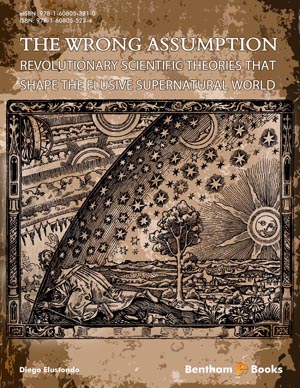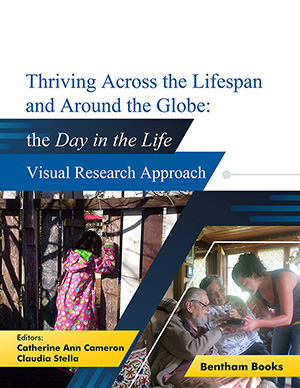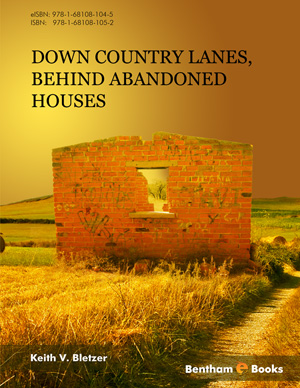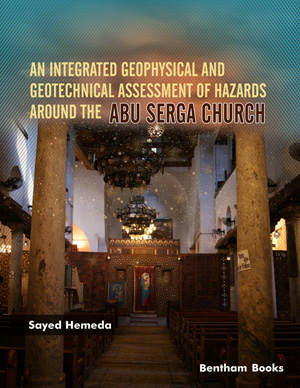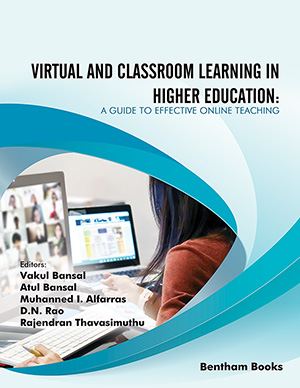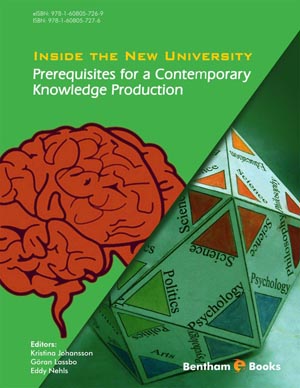Abstract
“Between Life and No Life” explores the question of whether life can exist independent of the physical body. The discussion starts with a brief introduction to the scientific definition of life. It explains that life in science is supposed to exist within microscopic units called cells, and these cells can only be created by dividing other cells in two. The story then talks about the theory of evolution, the motivations for the theory, and how it was apparently validated by the theory of molecular genetics. This chapter concludes that, if the theory of molecular genetics is correct, then there is an obvious paradox in the definition of life; the creation of life contradicts its own definition. Regardless of the efforts to explain this paradox during the last century, scientists have still not found the law of nature that can fill this gap. In contrast, the hypothesis proposed by the author asserts that life behaves as if it is has consciousness of its own existence.
Keywords: The wrong assumption, theory of vitalism, organic and inorganic matter, body and consciousness, life definition, capability of self-replication, spontaneous life generation, the theory of evolution, natural selection, common ancestor, inheritance, genes, classic genetics, molecular genetics, chromosome, DNA, mutations, synthetic life, stem cells, sexual reproduction.


